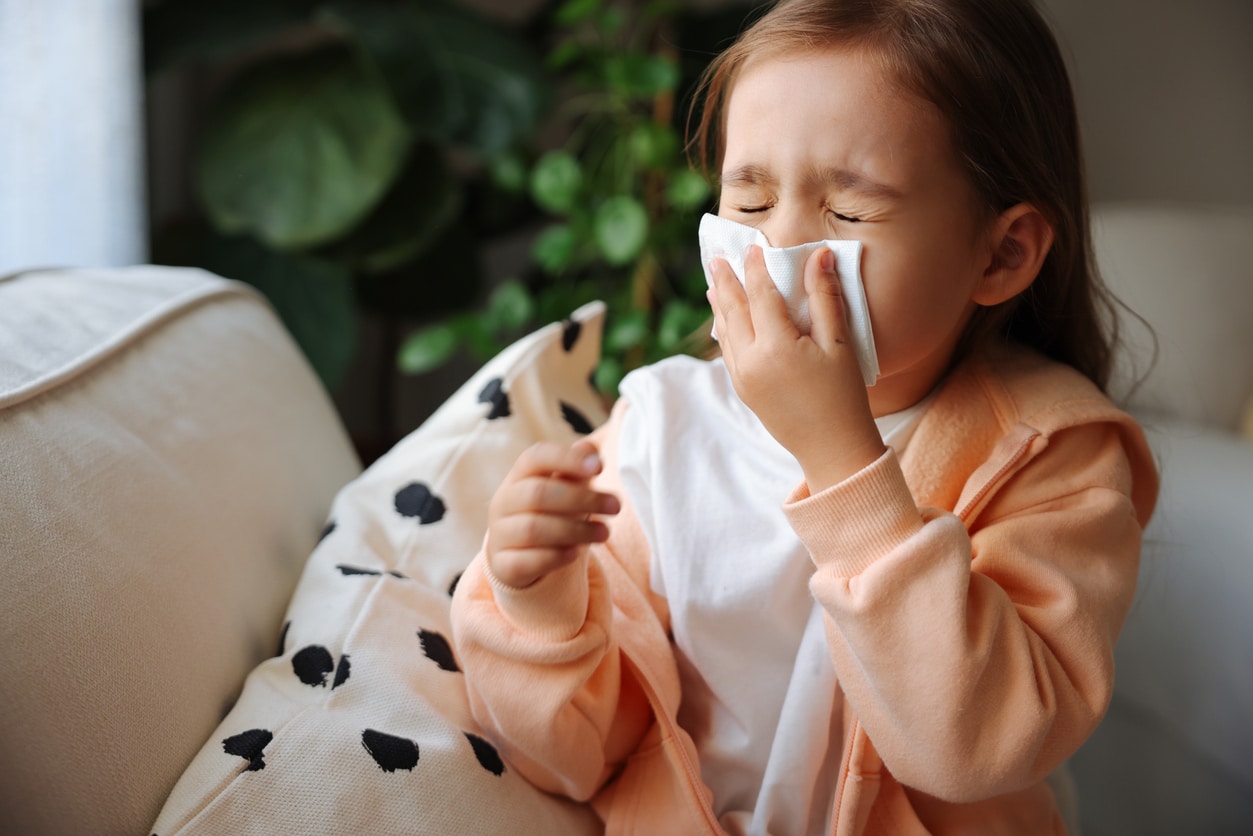Environmental allergies can be a concern for parents if they start to impact a child’s quality of life. Understanding the causes, symptoms and management strategies can help alleviate that concern.
Nearly one in five children have a seasonal allergy, according to the CDC. The leading allergens for children are like that of adults. Understanding the causes can help to plan outings to Minto-Brown Island Park on non-peak days for allergy triggers. Common environmental allergens include:
- Pollen: Trees, grasses and weeds release tiny pollen particles into the air, which can trigger allergic reactions in sensitive children, especially during certain seasons.
- Dust mites: These microscopic organisms thrive in house dust and can be found in bedding, upholstered furniture and carpets. They are a common cause of year-round allergies in children.
- Pet dander: Proteins found in the skin flakes, saliva and urine of pets like cats and dogs can cause allergic reactions in children who are sensitive to these allergens.
- Mold: Mold spores, which can grow in damp and humid environments, are another frequent allergen. Bathrooms, basements and kitchens are common places where mold can thrive.
- Air pollutants: Pollutants such as car exhaust, industrial emissions and cigarette smoke can exacerbate allergy symptoms in children.
Identifying Symptoms and Seeking Diagnosis

Recognizing the symptoms of environmental allergies in children is the first step toward effective management. Common symptoms include:
- Sneezing
- Runny or stuffy nose
- Itchy or watery eyes
- Coughing
- Wheezing or shortness of breath
- Skin rashes or hives
If your child exhibits these symptoms, especially if they persist or occur in specific environments, it’s important to consult with a healthcare professional. An allergist can perform tests, such as skin prick tests or blood tests, to identify specific allergens.
Managing Pediatric Environmental Allergies
Once you know what your child is allergic to, managing their exposure to allergens can help reduce symptoms. Here are some strategies:
- Keep the home clean: Regular cleaning, vacuuming, dusting and washing bedding can help reduce dust mites and pet dander.
- Monitor pollen levels: Keep track of daily pollen counts and limit outdoor activities when levels are high. The asthma and allergy network is a great tool.
- Create a safe zone: Ensure your child’s bedroom is a clean, allergen-free zone by keeping windows closed and using allergy-proof covers for pillows and mattresses.
- Antihistamines: Over-the-counter or prescription antihistamines can help relieve allergy symptoms.
- Nasal corticosteroids: These can reduce inflammation and congestion in the nasal passages.
- Allergy shots: For severe allergies, immunotherapy (allergy shots) can gradually desensitize the immune system to specific allergens.
Pediatric environmental allergies can be challenging, but with proper identification and management, children can lead healthy and active lives. By minimizing exposure to allergens, keeping living spaces clean and using appropriate medications, parents can help their children manage their allergy symptoms effectively. Always consult with a healthcare professional to create a personalized allergy management plan tailored to your child’s needs.
“Everyone is nice and very efficient.”